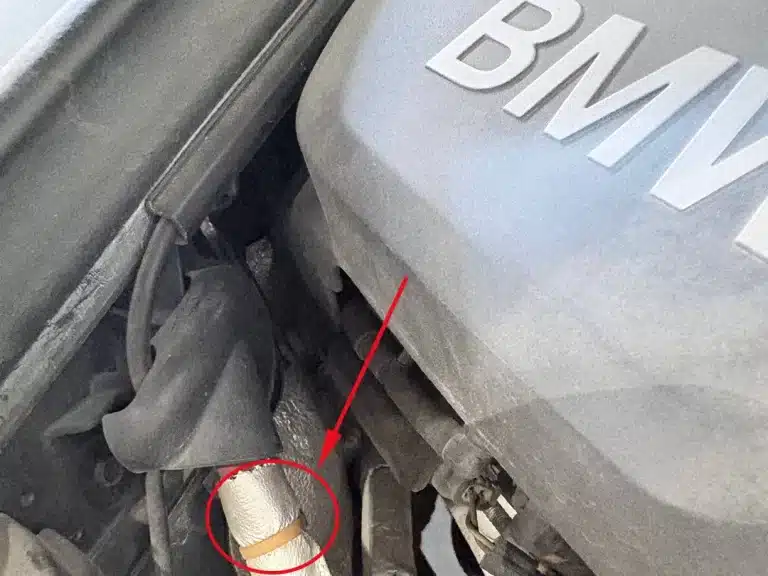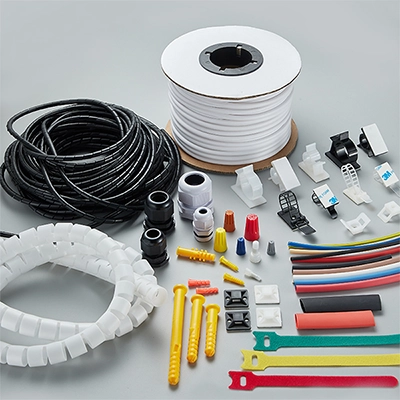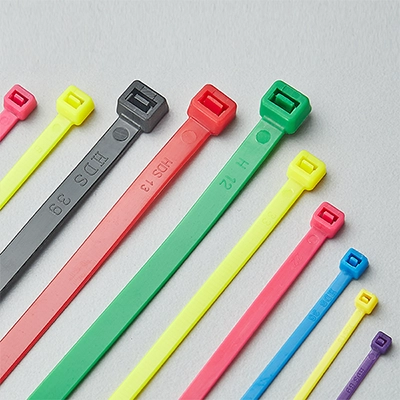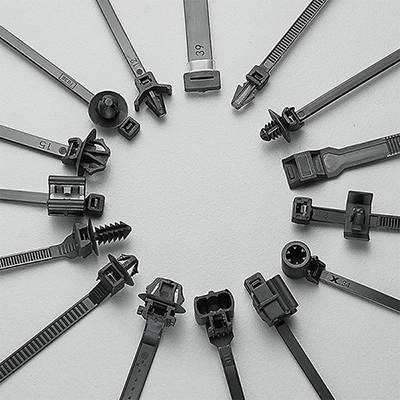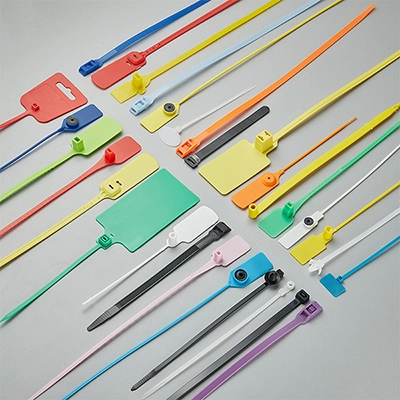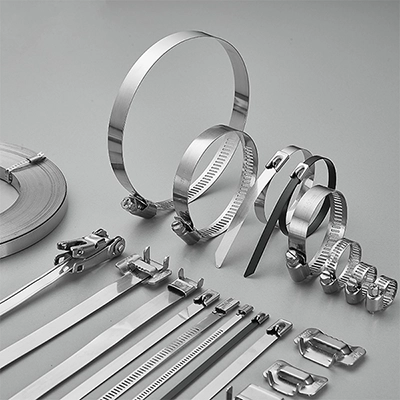Have you ever considered, how do zip ties work? This seemingly straightforward question unlocks the door to understanding their design and the locking mechanism. In this article, we will explore their design and the mechanics behind their reliable and effective performance.
What are Zip Ties
Zip ties, also known as cable ties, or plastic ties, are made from nylon and widely used for wire bundle management, equipment securing, packaging, and transportation.
Design of Zip Ties

Zip ties consist of a small, square head and a smooth nylon strap. The head contains tooth-like ratchets, while one side of the strap is marked with uniformly spaced serrations. The tail of the tie narrows down, facilitating its insertion through the head’s buckle, ensuring effective locking once tightened and preventing slippage. So how do zip ties work?
How Do Zip Ties Work
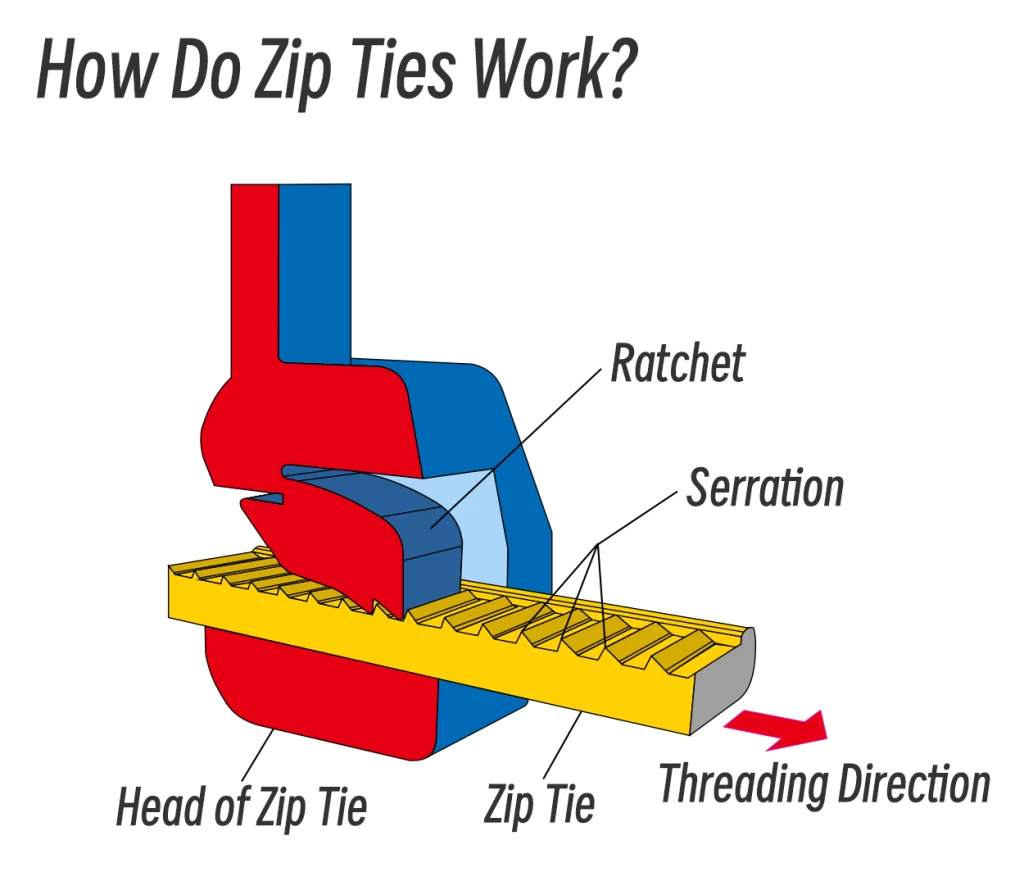
This seemingly simple design harbors great ingenuity. The locking mechanism of a cable tie involves two key components: the ratchets inside the square head and the serrated strap.
The ratchets inside the head are angled, allowing the strap to move in one direction (tightening inward) while resisting movement in the opposite direction. When the strap passes through the head’s ratchets, its serrations engage with these ratchets. Once tightened, the ratchets firmly grip the serrations, preventing the strap from sliding back. This creates a “self-locking” mechanism, securing without any tools.
Zip Ties: Great Wisdom in Details
The invention of zip ties is undoubtedly a significant innovation in modern industrial design, greatly facilitating our lives and work. This simple yet ingenious design has made it an indispensable tool in everyday life and various industries. If you want to know who invented the zip tie, please refer to the article “Cable Ties: The Unsung Heroes from Aerospace to Everyday Life“.
After understanding the working mechanism of zip ties, do you feel more informed about this versatile tool? If you have more insights to share, we welcome your call!

